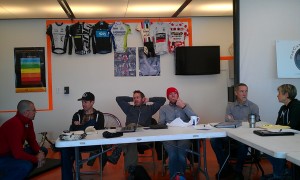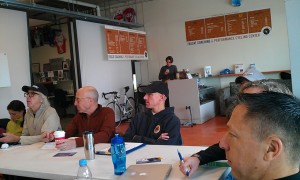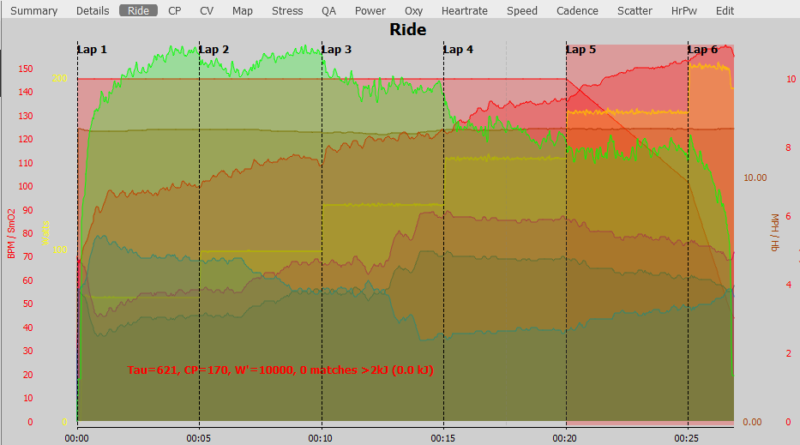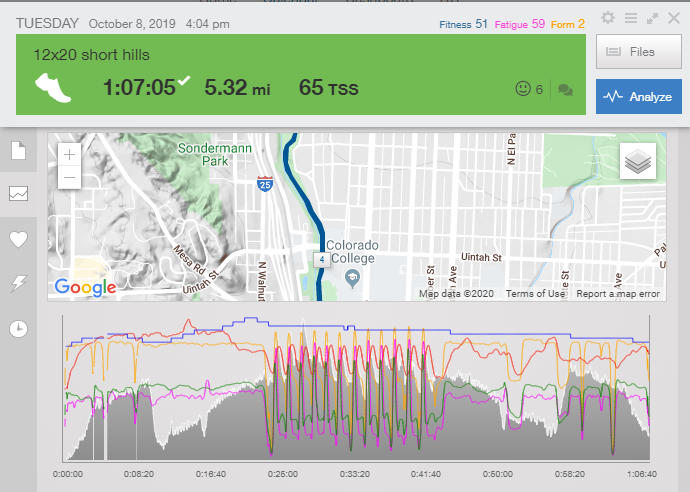This past weekend I spent a day and a half with Gordo Byrn and Alan Couzens of Endurance Corner, along with 12 other coaches. The coaches all brought unique experience to the clinic. Some were Lifetime Fitness tri coaches, one was a Training Bible coach, other were self-employed coaches like me, one was a coach for elite ironman triathletes, and we even had a couple former professional cyclists.
I went through my notes for some key take-aways and actions, and thought I would share them here.
1) The Business
First, why coach? This question must be answered first and foremost. Coaching endurance athletes is my business, my livelihood, my passion.
I coach to help athletes improve their fitness and performance. I want to share in the excitement of someone achieving things they previously thought not possible.
Next we talked about being efficient in your business. I know I need to become more efficient, and Gordo discussed some systems that he’s successfully implemented. He’s also shared his documents with us, so that’s very helpful. I can’t say what he said was completely new to me, but it reinforced that I need to make time to implement these things. If I want to grow my business, I need to be as streamlined as possible and eliminate “non-value added” work.
Action: Implement more efficient systems with regards to athlete management and accounting. I’m happy to say that this week I’ve started on that path and hope to have solid systems in place by the end of January. (Inbox Zero has been achieved!)
2) Coaching the elites. Mat Steinmetz of 51 Speed Shop, and coach to some of the world’s best professional triathletes, spoke briefly about what it’s like to coach elites for races like the Ironman World Championships.
Action: None, it was just an interesting subject!
3) Data! Alan Couzens is a sports scientist and coach who is a big number cruncher. So we looked at metrics and how to review data. TrainingPeaks and WKO+ are powerful tools, but if you don’t know how to use them properly, you might not be helping your athletes to their potential. That said, these systems need good data and that depends on the athlete making sure they are uploading consistent data, and also recognizing what might be an outlier that should be ignored. We talked a lot about power data and performance management charts. We looked at fatigue curves and how to estimate FTP early season if we don’t have a good value. Here’s one of the calculators we looked at – the Fatigue Curve.
Action: Spend some time looking at Alan’s calculators to gain even better understanding of the analysis and how I might apply them to determine strengths and areas for improvement of my athletes (and myself!)
4) Gym Strength. We know that keeping muscle is important in endurance sports. Gordo discussed having a “build up” phase where strength was the primary focus in the season. We discussed squats, and also the importance of single leg work. We also spent some time on sport-specific work, such as downhill running for that eccentric load.
Action: Review my strength workout templates and methodology, update and modify as needed.
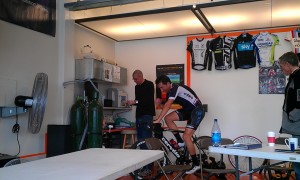
5) Lactate Testing. After lunch we watched Alan give a lactate test. As I am able to provide lactate threshold test, it was fantastic to get another view of test protocols and interpretation of the results, which we spent a bit of time looking at on Sunday. Alan wrote a blog post about what we learned.
Action: Put threshold testing as a key business opportunity for 2014 and develop a plan to market the service.
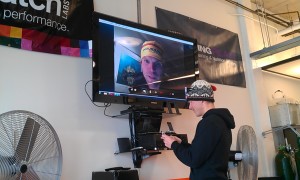
5) Camps. Endurance Corner puts on several camps a year, so they shared what they’ve learned. My experience with camps is that I’m working on hosting one next March and am learning you need to really have a lot of people to draw from. As I am partnering with a company to handle the logistics of the camp, and it’s on me to find people to attend. Another suggestion was to partner with other coaches so that they bring there athletes.
Action: Review camp marketing strategy and see what changes might be made, and think about strategic partnerships.
6) More Data! Alan talked to us a little about reviewing data files from a race to evaluate the performance. Was it better or worse than expected? Did the athlete pace themselves properly? It was good to see another perspective on this and see the metrics that he uses to answer those questions.
Action: Make sure I review athlete’s race files after each race to give quality feedback on performance as needed.
7) Verifying test data in the field. This was the final topic from Gordo before he went in to a Q&A session. This gave me some good ideas for workouts for all my athletes. He gave examples of specific workouts to test various zones to see if the field HR match the test HR? Does it drift after the athlete is fatigued?
Action: Add appropriate workouts to TrainingPeaks library.
Despite the single digit temps and a gas outage Friday that made Friday night pretty chilly, I had an awesome time in Boulder last weekend. I got a lot out of this clinic and hope to put the new knowledge to good use very soon. If you’re an athlete reading this looking for a coach, I still have a few openings for 2014. Contact me and we can see if it would be a good fit!

